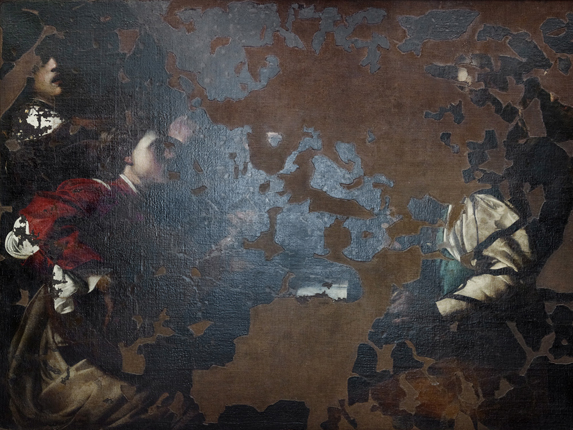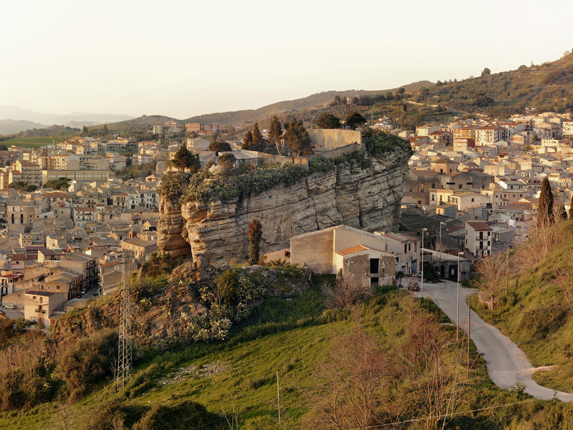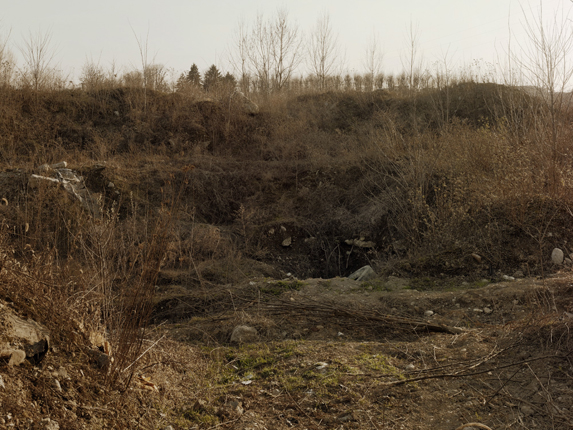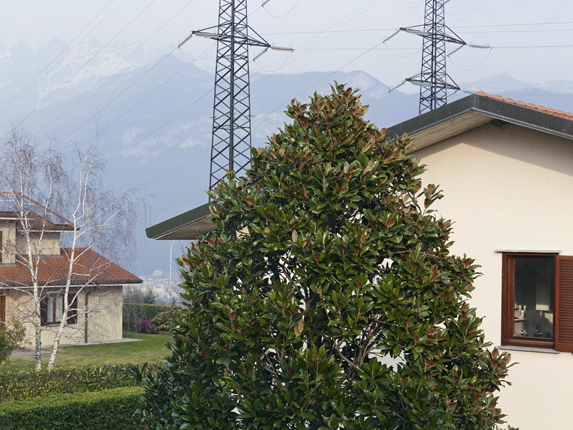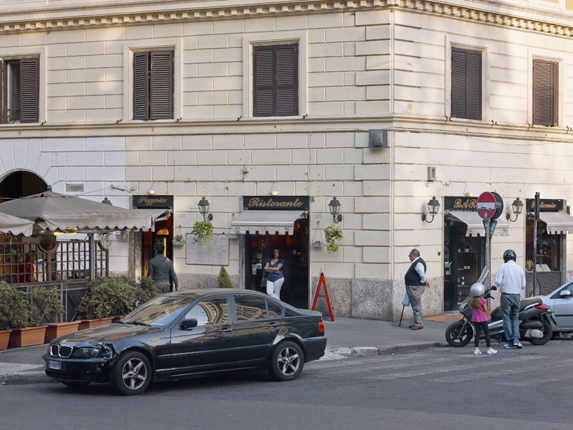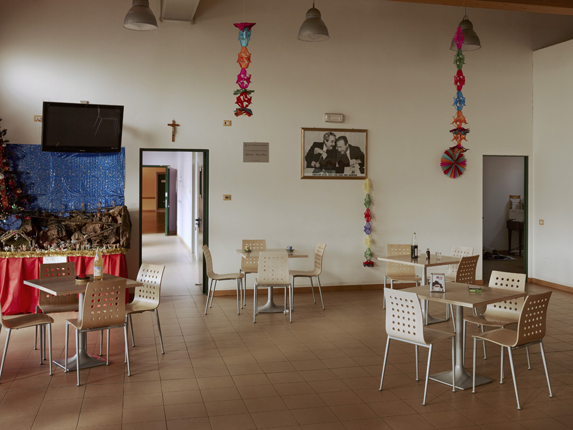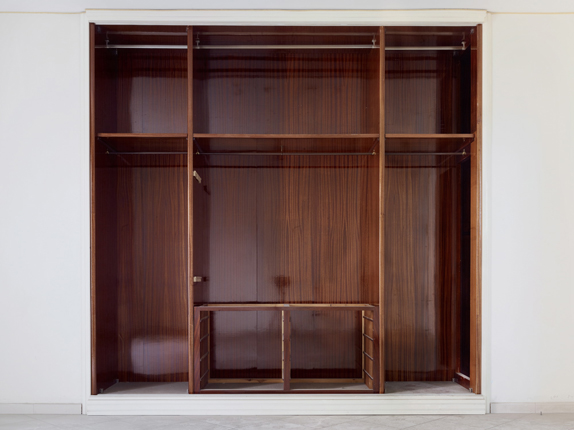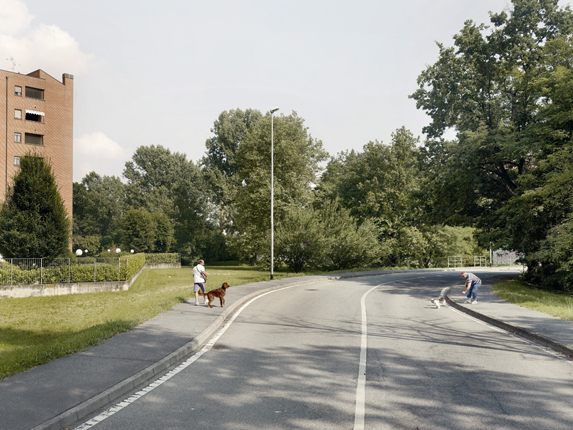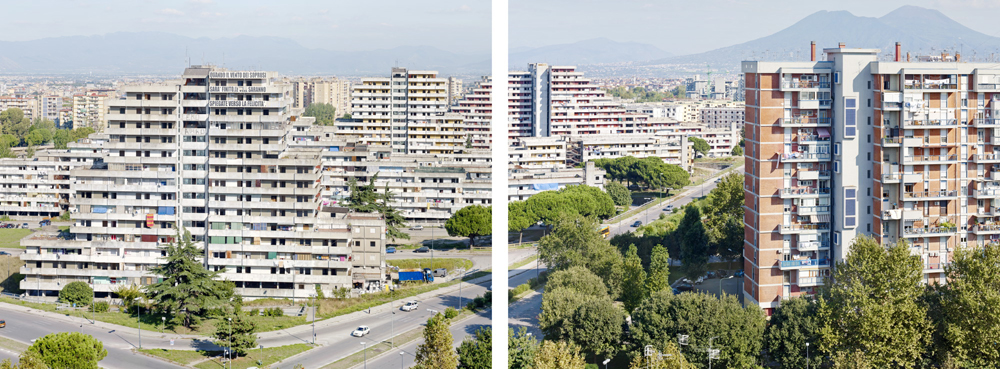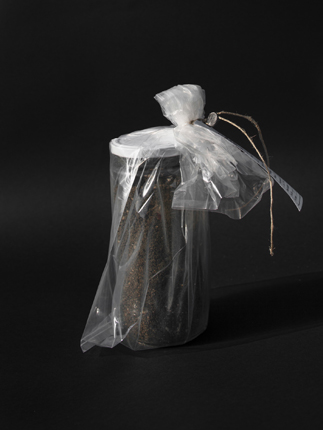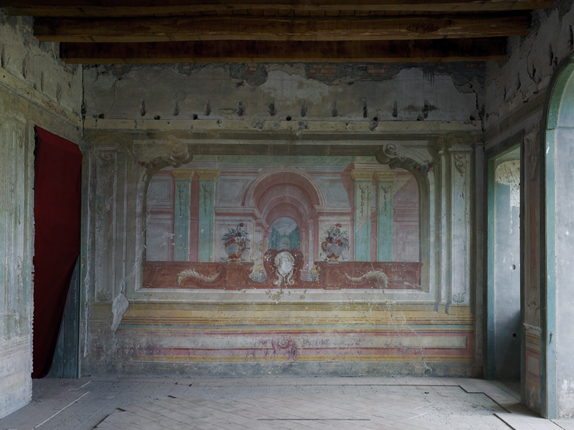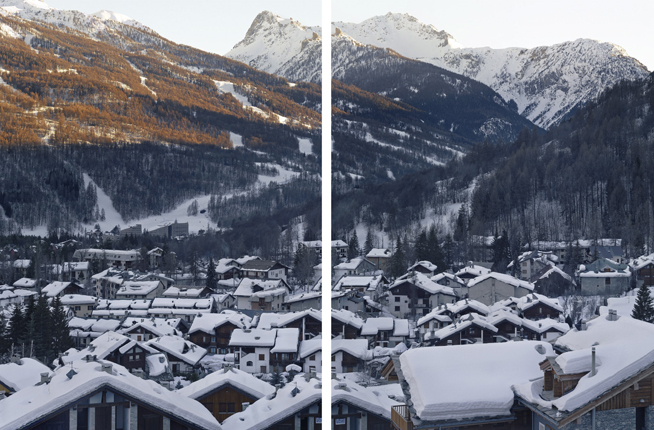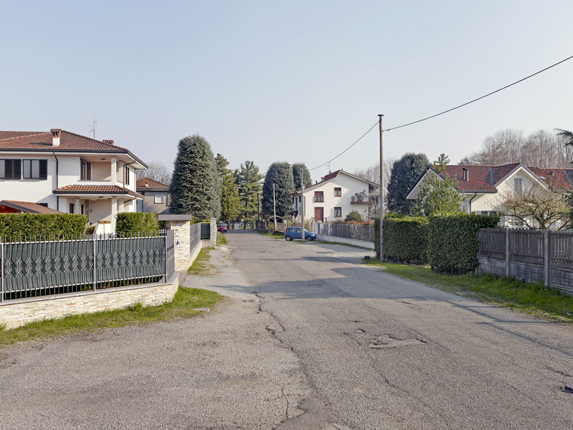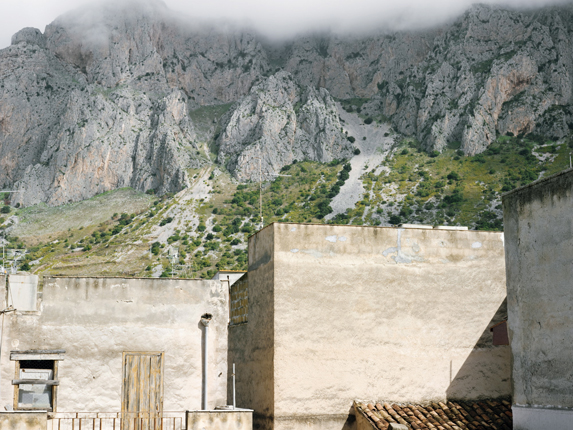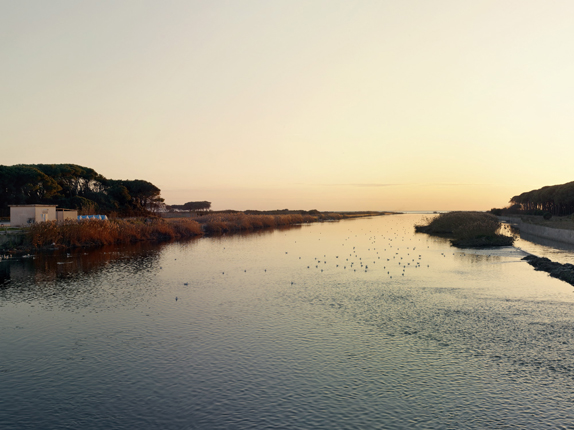A different season
by Fabio Severo
Depicting the Italian mafias today poses the problem of what image to attribute to a phenomenon that has changed its face over the years, following decades of bloody struggle against the State. The scenario is drastically different now, and for years this has been reflected in the changing strategy of the criminal organisations. There is talk of a mafia that has almost stopped killing, as it mingles among civilian society and prospers in a grey area where the signs of its presence cannot be sought merely in violence. Thinking about how the mafia has been documented in photographs over the years inevitably brings to mind the pictures by Letizia Battaglia, the most striking example of a visual chronicle and denouncement of the most violent period in the history of Cosa Nostra. Corpi di Reato (Bodies of Evidence) was born out of the need to seek a new image of the mafias in order to capture in photographs the sense of the changing epoch in which we live. Letizia Battaglia’s pictures represent a here and now, an accumulation of traumatic events that go to make up a picture of permanent conflict. Now that those arms have been partially laid down and the confrontation with the State has changed arena, it is necessary to give a new meaning to the depiction of the territory and the documentation of events. Rather than a series of events, there is a need to show the state of things, the set of conditions that characterise the forms of widespread presence of the mafias throughout Italy. Invisible mafia, white mafia, liquid mafia: many different definitions have been used over the years to indicate these new forms of existence. Information itself on the mafia has long appeared fragmented, far removed from the front pages in an age of a steady stream of episodes rather than great tragic events. However, this work does not pretend to be an examination or an investigation of events, but is instead an expression of the need to gather some of them together, helping to isolate them from the confusion of the news, and allow them to exist for a moment in the same place. It uses them as a map for travelling in Italy, connecting different events to each other to connect different parts of the country to each other. It is a journey through Italy through the signs of mafia presence, through their visibility or invisibility. Viaggio in Italia (“Journey through Italy”) is also the title of the famous book published in 1984 and curated by Luigi Ghirri, which subsequently became the manifesto of the Italian landscape school. That collective work of photographic exploration of the country was spawned precisely 5 by the need to rethink the depiction of the landscape, revealing the allure of the anonymous everyday nature of the places depicted, far removed from the picturesque beauty and monumentality of the cities. “The problem was thus to approach the landscape as an unknown and therefore emarginated, excluded place”, Carlo Arturo Quintavalle wrote in his comments at the beginning of the book. “A quest for a marginal, ambiguous fake, dual Italy, a substantially excluded Italy, which is nonetheless the only Italy we know.” Corpi di Reato also begins by recalling the lesson of Viaggio in Italia, as summed up in the words of Quintavalle: following the traces of the mafia in our country means seeking forgotten places, which have almost disappeared; it means encountering the anonymous streets of the cities and provinces where today’s mafia bosses live like normal citizens; or returning to the past, in the Castello Mediceo of Ottaviano, where the family of Raffaele Cutolo ruled like kings thirty years ago, in an age in which bosses flaunted their power. Memories live side by side with the present in the places explored, in the objects and in the landscape. It is photography’s task to distinguish and compare them. Ghirri’s lesson was the rediscovery of astonishment for the anonymous places encountered on an itinerary with no fixed route. Travelling in search of the signs of mafia presence, on the other hand, sometimes means seeking a precise place – that street corner, that cornfield, that shutter – and then finding yourself looking at immobile spaces, at nothing; it means attempting to represent absence, emptiness. In this case remembering cannot mean commemorating, but becomes a testimony of the transfiguration of things, the verification of the existence of a sign referring to what has happened. The landscape sometimes appears scarred, at others indifferent: it may reveal or it may lie, and it is the job of the photographer to depict its ambiguity. The scar of the illegally built housing on the Pizzo Sella hill overshadows Mondello like a corpus delicti, whilst the setting sun over the Regi Lagni of Castel Volturno hides the poisons discharged into the watercourses of the region. One feels the need to reveal the sound that produces this immobility, to observe it in order to discover the tiniest movement, to the point of trying to escape the fixed nature of photography by using video as well, employing the moving image to try to suggest how a place may have appeared prior to the extraordinary event that has marked it forever, depicting oblivious everyday life before it is swept away. Corpi di Reato aims to continue exploring the many outer city areas in Italy, outskirts that are geographical but also mental: places situated on the edge, frequently forgotten episodes that have lost their meaning, victims of oblivion that has made them eternally present, as though devoid of history.

